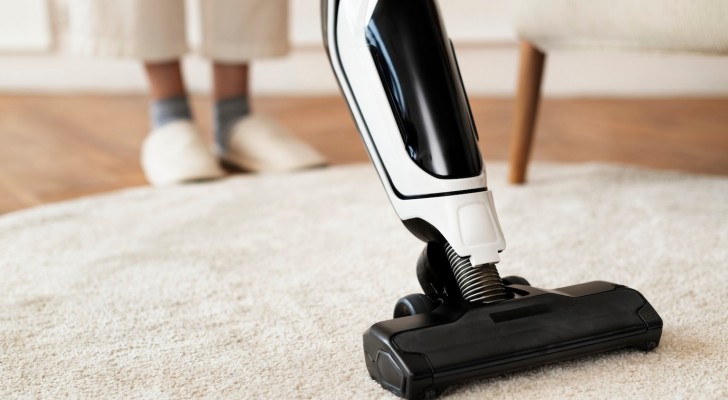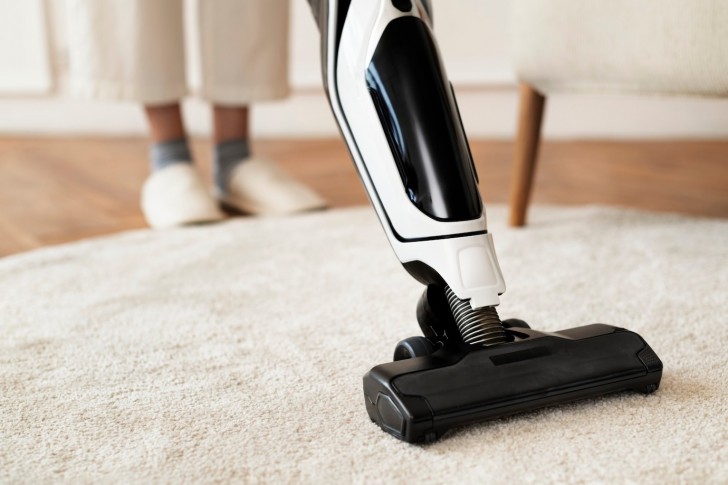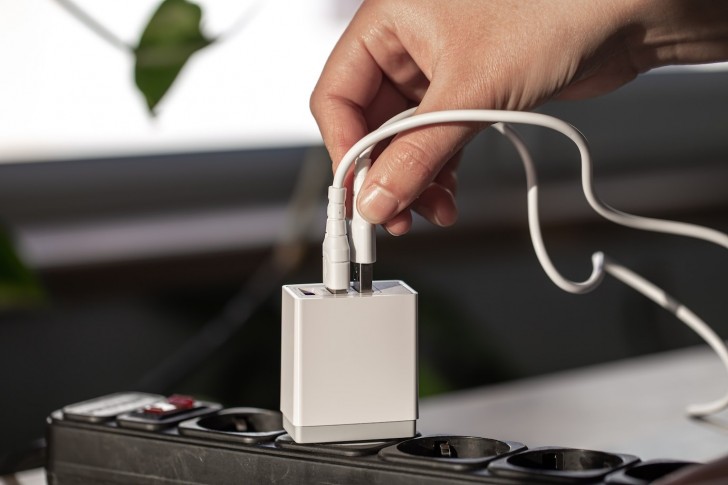Beware of hidden energy consumption: here are the most energy-intensive appliances, even when they're turned off

Technology is now everywhere in our homes, and its spread shows no signs of stopping. Everything is becoming more and more automated and electronic brains of all kinds are ready to lend us a hand in every area - for the right price, of course.
We're not just talking about the financial outlay when purchased, but rather the cost of operating these devices have on our utility bills. It can amount to hundreds of dollars each year. However, there are some simple steps we can take to keep this cost down! Let's find out what they are:
The most energy-intensive electronic devices

Freepik
First of all, it is necessary to identify the two types of consumption that have the most impact on our wallets: these are when an electronic device is in operation and then, when it is on standby. Naturally, when in operation - especially large appliances - energy consumption is significantly higher, but the problem is that some devices continue to consume energy even when we think they are off.
Let's first see which devices consume the most energy when in operation: the refrigerator and the washing machine are at the top of this list, followed closely by air conditioners that can easily absorb more than 400 kWh per year (even if in the lowest energy class).
Dishwashers, ovens, microwaves, and even the phone can also be energy-hungry and should therefore be used extremely sparingly: consider that just the hairdryer - one of the smallest devices - can use up to 2,300 watts. So, what can be done to reduce energy consumption?
Tips to reduce your utilities bill

Pvproductions/Freepik
The first rule to follow is to only buy devices with the highest energy efficiency class possible. Of course, the initial cost will be high, but over time - and thanks to their very low consumption - you will recover this expense and start saving: consider it a long-term investment.
Another tip is to take advantage of the cheapest consumption time slots - generally early in the morning or late at night. Using the ECO mode (where available as a setting), can yield good results in terms of savings: always consider using it if it is selectable on your devices. But there is more...
Devices in standby mode: when we turn off the TV, put the PC on standby, or leave the lights of the microwave on, we are still consuming energy! And this also applies to wall chargers left plugged in and leaving a mobile phone charging all night long!
One way to solve this problem is by having all these devices feeding into a single power cord/extension with a dedicated ON/OFF switch. By doing this, you could save a considerable amount of money! So, what are you waiting for?